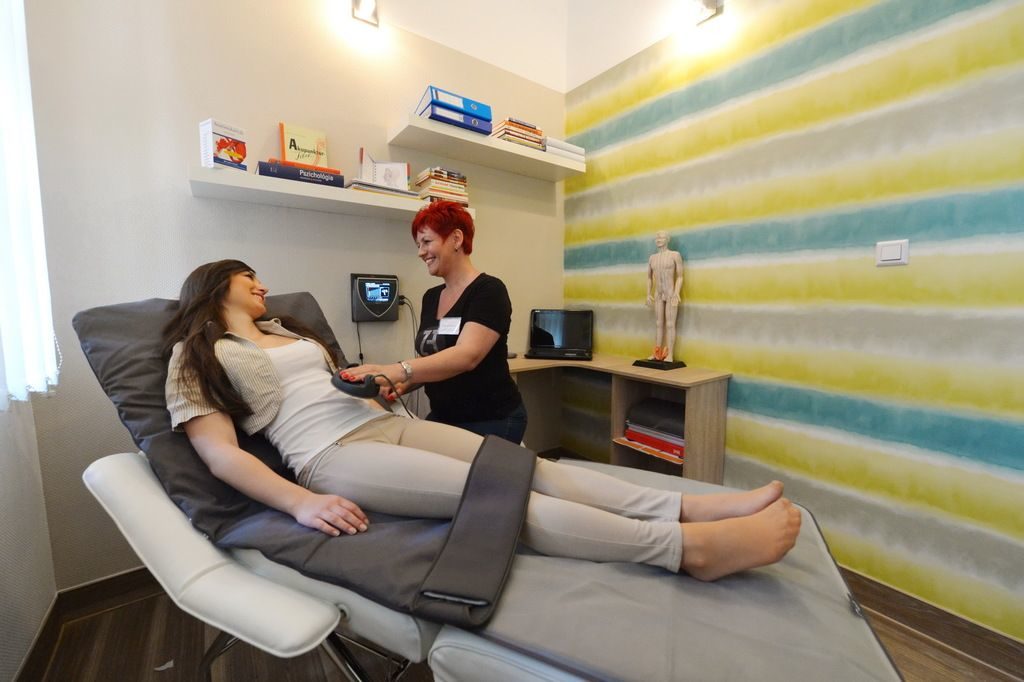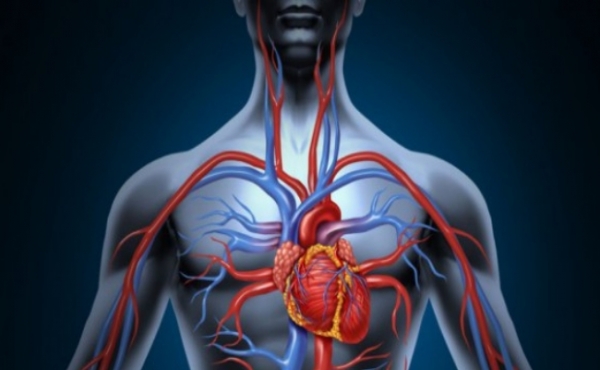BEMER electromagnetic field therapy in patients with senile dementia: Case reports
8th International Conference on Natural & Alternative Medicine
| Pierluigi Pompei |
| University of Camerino, Italy |
| ScientificTracks Abstracts: Altern Integr Med |
| DOI: 10.4172/2327-5162-C1-032 |
| Abstract |
Alzheimer′s disease (AD) is a slowly progressing neurodegenerative disorder representing a big issue as a major health concern worldwide. It is the most frequent type of dementia, causing around two-third of diseases. A significant increase in absolute number, but also in the proportion of the population affected by the disease is expected for the coming years. Moreover, no preventive or effective treatment has been established to date. Recent data suggest that changes in brain perfusion are present long before the clinical symptoms of AD, maybe even before amyloid-ß accumulation or brain atrophy. In addition, vascular contribution to dementia and AD are increasingly recognized. This would implicate cerebral blood flow in the pathogenesis of AD, suggesting a search for novel approach to the disease.
Electromagnetic field therapy has been used in healing for decades and has been reported to be beneficial in patients with different diseases. A particular system is the BEMER, a Physical Vascular Therapy for which a normalization of the microcirculation has been demonstrated by a low frequency, pulse electromagnetic field pattern. This therapy, with a series of half-wave-shaped sinusoidal intensity variations was shown to increase vasomotion and microcirculation for improved organ blood flow, supply of nutrients and removal of metabolites. Aim of our study was to evaluate the effects of BEMER on patients with cognitive deficits (dementia) and to subsequently monitor cognitive and genetic testing. A limited number of subjects (15 patients), ranging from 80-95 years old were recruited from the Ceci retirement home of Camerano, Italy.
BEMER therapy treatment was given three times a week on recruited patients for eight consecutive weeks. In order to evaluate the Resistive and the Pulsatility Index, using a Mindray transcranial doppler via a 2 MHz probe, median cerebral arteries prior and after BEMER treatment were monitored. Blood samples to evaluate oxidative stress through the paraoxonase enzyme, salivary swabs testing for the determination of the APOE e4 allele which has been shown to be associated with an increased risk for the AD and a cognitive test (6ICT) were also recorded. Transcranial doppler resulted in both an improvement of the Resistive and the Pulsatility Indexes, in spite of monitoring and registration difficulties due to the cognitive deficits of the patients. Outcomes from the genetic tests have shown either a partial or complete mutations of the APOE gene. As results from the cognitive tests (6ICT), we found 60% improvement in cognitive ability and perception of space and time. Taken together, these findings show that BEMER therapy may therefore contribute to an ameliorated cerebral blood flow that could be an important factor involving in AD, thus clearly improving the quality of life. |
| Biography |
| Pierluigi Pompei is an Associate Professor of Pharmacology, Pharmacotherapy and Sport Nutrition at the Department of Experimental Medicine and Public Health, University of Camerino, Italy. He is the author of over 50 international publications on peer-reviewed journals, 1 international patent and several chapters of scientific books.
Good circulation is the key
Blood circulation is the human body’s supply system. It supplies the tissues and organs with nutrients and oxygen while removing and disposing of resulting waste products. 75% of this process takes place in the smallest blood vessels – the so-called microcirculation. Try the Bemer Machine Free today by contacting Joan Godwin [email protected] |

















this works